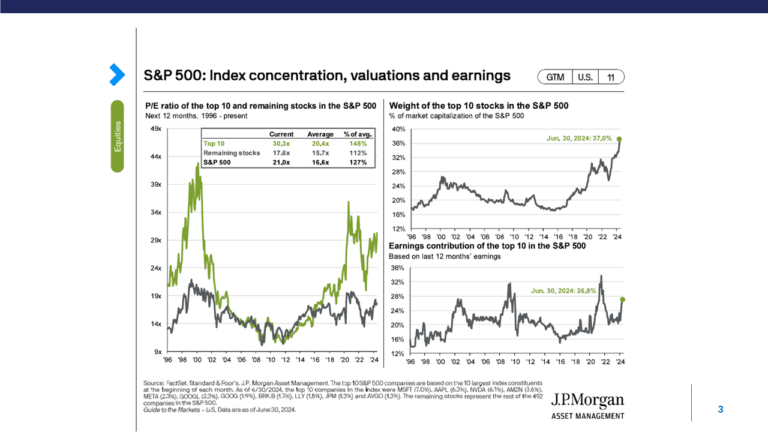In previous installments of this blog, I’ve been discussing the idea of a preretirement checklist much like the final landing checklist of an airplane crew. The last item on the checklist is a comprehensive risk management analysis. In simple terms, we are intentionally identifying the things that could go wrong which could derail our financial security in retirement and then designing the best strategy for mitigating the risks in advance. This is an important component of any financial plan regardless of age but as we enter our retirement years, the perils and exposures have probably shifted, along with our changing circumstances and our planning should adjust as well.
Firstly, let’s consider a few basic principles:
-
- We are not talking about investment risk- which involves the possibility of both a loss and a gain and is more about the volatility of returns. We are considering only those exposures where the bad thing (peril) happens or it doesn’t.
-
- Common sense tells us that individuals approaching retirement tend to possess more wealth than in any other chapter of their lifetime. This reduces some risks but magnifies others (we have more to lose).
-
- Sometimes buying insurance is the optimal solution to a risk exposure, but not always. As a general rule, risk exposures that have a low, predictable probability, but significant consequences, tend to be good candidates for an insurance solution. This is called a risk transfer, as in we transfer the risk to an insurance company by buying a policy and paying a premium. Additionally, health-related risk exposures often involve insurance, but as we age, our ability to qualify for an insurance solution diminishes based upon our state of health.
-
- But there are other risk management solutions as well. For instance, some risks can be managed best by avoiding the peril. The old Henny Youngman vaudeville joke comes to mind:
“Doctor, it hurts when I do this” (raising his arm) and the doctor said “don’t do that!”
Ok, I totally aged myself with that reference (sadly, I actually remember watching him on the Ed Sullivan show) but seriously folks, avoidance is a legitimate response to certain risks. The decision to stop driving as motor skills decline is an example of this strategy.
-
- Some risks can be managed by creating legal protections for assets such as trusts or LLCs (Limited Liability Company).
-
- Some risks can simply be retained or self-funded (e.g. setting aside cash for emergencies or to pay for insurance deductibles).
So with these principles in mind, here is an example of a common retirement transition risk management scenario: An individual aged 65 is retiring and losing her group life insurance benefit via her employer. What will the risk management analysis tell us?
-
- Peril: Premature Death
- Risk exposure: Loss of income to dependents.
- Earlier in her career when her children were young, the exposure was high. But now her children are grown and financially independent. She is not married, nor is anyone else financially dependent upon her. Conclusion: she may decide to allow the group life insurance coverage to expire and take no further action.
- But what if she is married? Then her death would have a measurable financial consequence as her spouse would lose the lower of their two Social Security benefits for his or her remaining lifetime. Further analysis would be needed to determine if this potential loss exposure would be significant enough to purchase new life insurance to replace the expiring group insurance. Life insurance is age-based, so the premium at age 65 will be higher, relative to younger ages.
- One last factor to consider- what if she is in poor health? It’s possible that new life insurance coverage is not available at any price. In this instance, it would be beneficial to have purchased some form of personal life insurance coverage previously that could be retained throughout retirement. There are other potential solutions as well, but I think the point has been made.
A similar analysis is required to carefully and comprehensively identify each potential risk exposure given our unique financial circumstances and create the optimal risk management response. Here are the major suspects organized by peril (the bad event) and then risk exposure (the resulting financial pain):
-
- Death:
- Survivor’s loss of income.
- Outstanding debt payable upon death or required to be liquidated prior to selling or transferring an asset.
- Final estate expenses.
- Death:
-
- Accident or sickness:
- Loss of income.
- Catastrophic medical expenses (physician care, hospital and drug costs).
- Catastrophic custodial care costs (skilled nursing, assisted living or home based health care).
- Accident or sickness:
–
-
- Property damage: The cost of repairing or replacing property that we own based upon some occurrence like fire, theft or storm damage.
-
- Liability: The cost of making another party financially whole due to damage that we caused to them or to their property. The resulting legal claims can be quite large and open ended. The fact that we have created significant wealth may work against us, particularly in the case of large claims. Here, the optimal response may be the combination of insurance and legal strategies to protect assets.
At Level Financial Advisors we work closely with our clients, their insurance advisors and attorneys to identify and analyze potential risks and to craft optimal solutions. We help our clients systematically monitor and modify their plans over time as life evolves and circumstances change.


